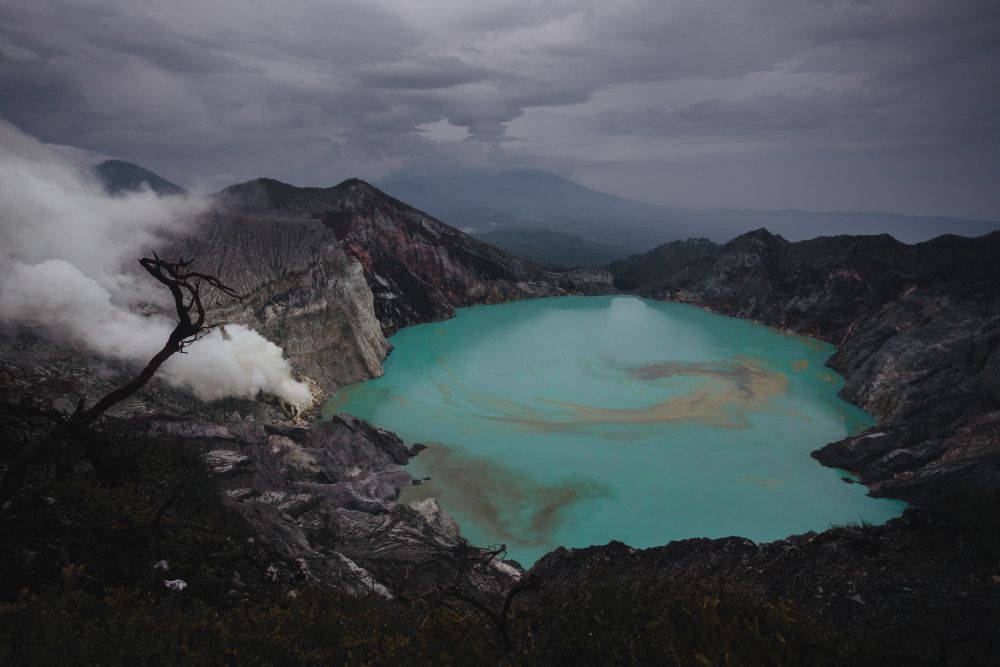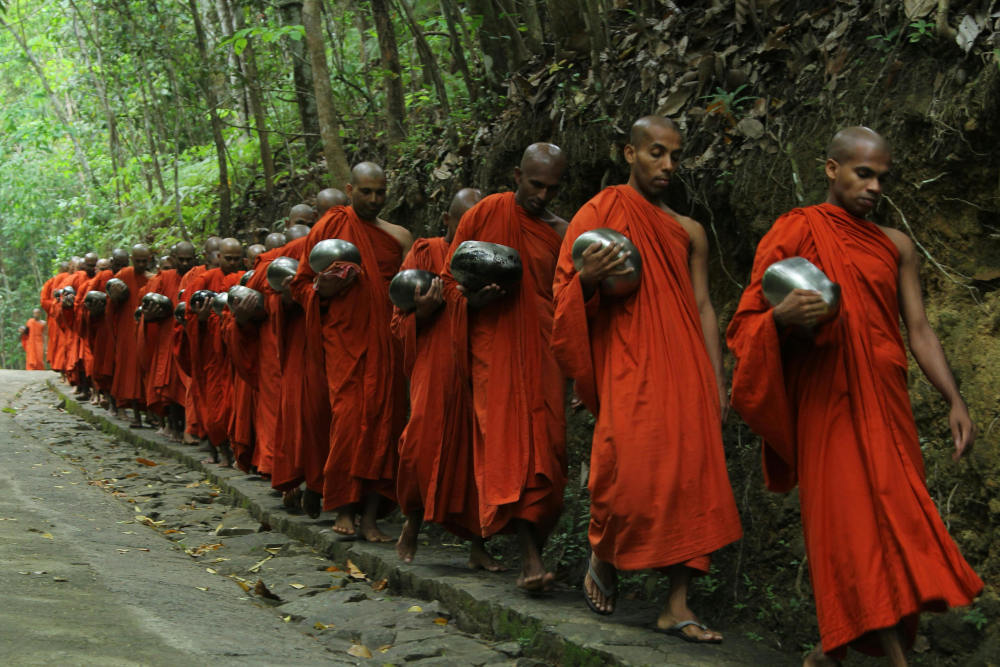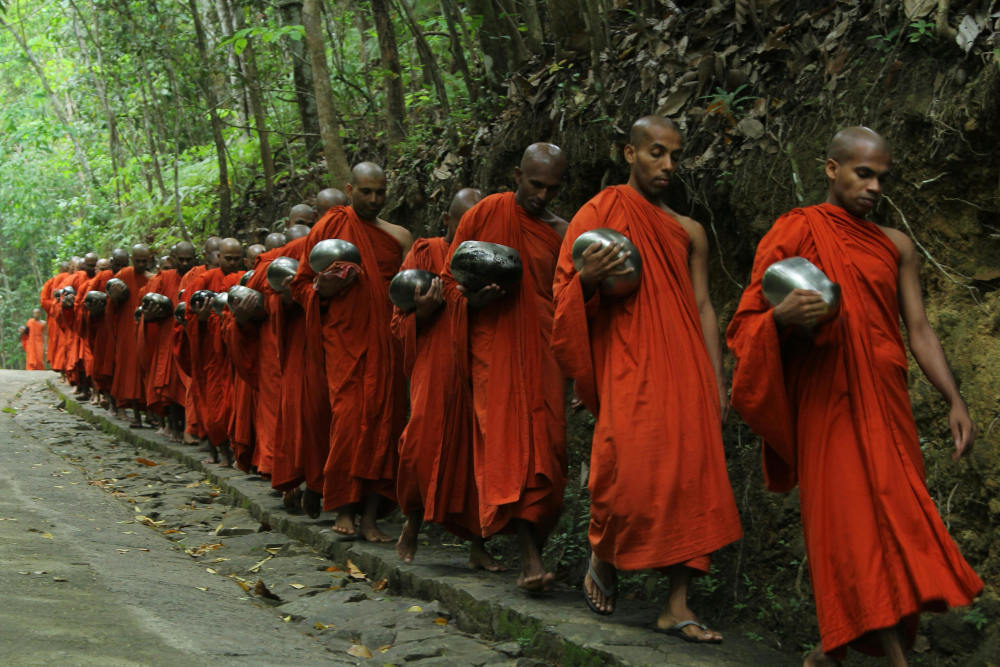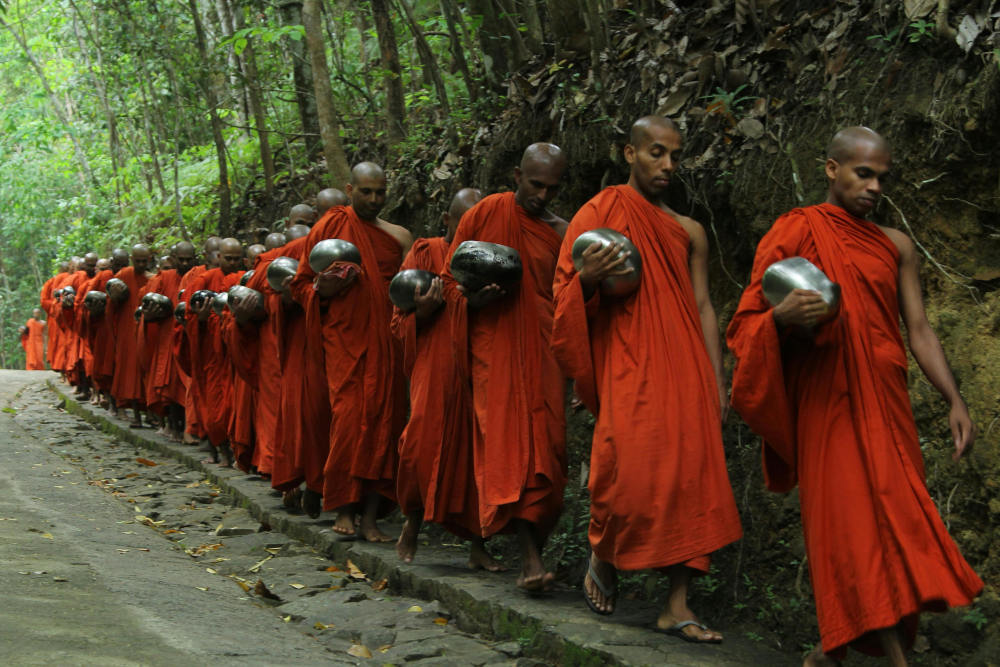
If you were in the past looking to purchase sustainable clothing made from eco-friendly fabrics, you probably already stumbled upon rayon. What is rayon exactly and is it not as environmentally friendly as it seems?
Rayon is a fabric made from natural fibers manufactured with renewable resources. Rayon fibers are cellulosic fibers made from cellulose often derived from wood pulp. That is why these fibers are often marketed as eco-friendly. But they may, in fact, be harmful to the environment and to our health.
Over the last 20 years, fast fashion played an important role in the massive growth of the fashion industry. It made consumers prefer cheap, trendy and disposable clothing.
Buying fashion is now a distraction and not an investment anymore. Many people buy new clothing daily influenced by new trends from runway shows and new technologies making fashion easily accessible.
To meet consumer demand, large fashion brands and retailers now use relatively cheap man-made materials such as rayon to produce low-cost and low-quality clothing in overseas countries.
New affordable and stylish clothing pieces available weekly in high street stores drive a buying behavior of overconsumption. Style and price are still the most important factors for consumers to make a purchasing decision.
Even if consumers would pay more for eco-friendly products, the materials used, the garment durability and construction, and its environmental impact aren't the primary concerns.
If you've decided to stop buying synthetic fabrics such as polyester and nylon because they are by-products of the oil industry, don't choose rayon instead. It might be even worse!
When buying new clothing, it is important to think of what you are putting on your own skin. The skin is by far the body's largest organ. You have to protect it and treat it well to stay healthy.
Unfortunately, most dyes used in the textile and apparel industry are toxic. Cotton is very often grown with hazardous chemicals in pesticides and fertilizers. And many fabrics undergo harsh chemical treatments to bleach them, alter their properties, make them water repellant, wrinkle-free, or stain resistant.
Certain textiles are highly dangerous. Wearing toxic fabrics may lead to cancer, hormonal dysfunction, insomnia, nausea, immunity harm, anorexia, and behavioral problems.
The best you can do is get informed and don't purchase or wear harmful fabrics. With a bit of knowledge on this matter, you could greatly improve the health of your skin and body.
You are better off shopping stylish pieces made of fabrics that are sustainable and good for your precious skin.
Is rayon sustainable? Is it biodegradable? Is rayon better than viscose? These are some of the questions you may have. Here are the reasons why rayon fabric is bad for the environment.
Panaprium is independent and reader supported. If you buy something through our link, we may earn a commission. If you can, please support us on a monthly basis. It takes less than a minute to set up, and you will be making a big impact every single month. Thank you!
What is rayon
Rayon fabric is generally manufactured from wood pulp. Its fabrication involves many different processes and is very chemically intense using chemicals such as carbon disulfide, sulfuric acid, ammonia, acetone, or caustic soda.
Rayon isn't a new type of fabric. Its first fabrication is dated back to about 1855 but the term rayon was officially adopted in 1924.
Using chemicals, cellulose from wood pulp is converted into a soluble compound. A spinneret then forms filaments of regenerated cellulose out of the solution.
Rayon is a man-made fiber that falls into the category of cellulosic fibers, similar to modal, Tencel, lyocell and viscose.
Rayon is also known as viscose rayon in the textile industry. It is a conventional man-made material, cheap and highly polluting.
Viscose, modal, and lyocell are specific types of rayon.
Modal is the second generation of rayon and is very soft. It is especially used for lingerie and undergarments and performs much like cotton.
Lyocell is the third generation technology. It is known to be environmentally friendlier than previous generations, very soft, and anti-bacterial. It remains odor-free much longer than cotton. Lyocell is often used for activewear, clothing for sensitive skin and home textiles such as bedding.
Tencel is a brand name for lyocell, from the fiber manufacturer Lenzing Group headquartered in Austria.
Some would argue than rayon isn't a synthetic fiber but a regenerated cellulosic fiber.
Common synthetic fibers are petroleum-based synthetic fibers such as polyester and nylon.
On the other hand, natural cellulosic fibers are cotton, linen, hemp or jute.
If you are wondering what the best eco-friendly fabrics really are, rad up out our Top 10 most eco-friendly and sustainable fabrics.
Rayon remains a very versatile fiber used in a wide variety of applications. Rayon fabric is soft, lightweight, breathable, moisture absorbent and very comfortable.

The environmental impact of rayon
For people who regularly wear clothing made of rayon, it is a very hazardous fabric.
Rayon production is very toxic. The manufacturing process emits poisonous gas. The chemicals used during rayon fabrication also pollute drinking water, the air, and soil, damaging ecosystems, plants and animals' health.
An enormous amount of water gets polluted during the production of viscose and rayon fibers. Textile manufacturers use dangerously toxic chemicals and methods to produce rayon based materials.
Unfortunately, a lot of clothing on the market use rayon. Oftentimes in cheaply produced garments, rayon is used as the primary fiber content or a very large part of the fiber composition.
Synthetic and man-made fibers remain relatively cheaper to produce than natural fibers. Polyester, nylon, acrylic, and rayon are among the cheapest fibers to produce.
Garments made of rayon are usually low-quality. They aren't very durable and lose their shape and color over time. Fibers will break down easily when washed.
Don't fall into the trap of thinking that rayon is a natural organic fiber. The main material used for its production is wood pulp cellulose. There are indeed some aspects of its fabrication that are sustainable and eco-friendly.
Rayon, modal, and lyocell are produced from renewable cellulosic plants such as beech trees, pine trees, and bamboo.
Lenzing manufactures Modal and Tencel from sustainable forestry. And chemicals used during production are recovered thanks to closed-loop production processes. Lenzing Tencel is arguably the most eco-friendly of all regenerated cellulosic fibers.
"In contrast to the viscose process, an organic solvent called N-methyl morpholine-N-oxide (NMMO) is used to directly dissolve the pulp without any chemical change. For this reason, it is considerably simpler than viscose production. The technology developed by Lenzing enables more than 99 percent of the solvent to be recovered in a closed chemical loop and then fed back into the production process."
- Lenzing AG, Sustainability Strategy and Fiber Production
But there are many different manufacturers of rayon. Most rayon production is overall highly polluting and has a large negative impact on the environment.
Along with polyester, polyamide, and elastane, rayon contributes to the number of synthetic fibers escaping through our plumbing and sewage systems.
The water expelled from our washing machines transports these fibers to rivers, lakes, and oceans. The amount of microfibers entering the world's oceans is increasing at an alarming rate.
The equivalent of one garbage truck of plastic is leaking into our oceans every minute of every day of the year (eight million tonnes each year), according to the report The New Plastic Economy by World Economic Forum, the Ellen MacArthur Foundation, and McKinsey and Company (2016).
Luckily, the green movement is booming. More and more consumers, especially millennials and Generation Zs, are becoming more conscious about the purchases they make, considering a brand's reputation and its sustainability.
The Global Consumer Confidence Survey conducted by the Conference Board in collaboration with Nielsen (2017) reported that 81% of the 30,000 respondents across countries in Africa, Asia-Pacific, Europe, Latin America, the Middle East, and North America feel strongly that companies should help improve the environment.
There is definitely a growing trend among consumers aking for more environmentally friendly clothing. People are willing to pay more for sustainable items when they have a verified positive environmental impact.

Rayon, viscose, modal, lyocell are all man-made fibers. Although they are made from renewable resources such as wood pulp, they aren't natural fibers and could be categorized as semi-synthetic fibers.
Most rayon manufacturing processes are bad for the environment. Rayon also takes time to decompose, especially as it adds to the number of microfibers landing in our oceans every day.
Rayon fabrication also involves many hazardous chemicals. Wearing rayon often is highly toxic and damaging to your skin, body, and health.
Rayon isn't the most sustainable fabric. It's not the best choice of material for your wardrobe either.
Remember that you have the power as a consumer. You decide what clothes to buy and which organization to support with your money.
So when shopping for clothing, look out for labeling and certifications.
Learn about exactly what to look for in our definitive guide How to check if a fashion brand is ethical.
Do you have any rayon in your closet today?
Was this article helpful to you? Please tell us what you liked or didn't like in the comments below.
About the Author: Alex Assoune
What We're Up Against
Multinational corporations overproducing cheap products in the poorest countries.
Huge factories with sweatshop-like conditions underpaying workers.
Media conglomerates promoting unethical, unsustainable products.
Bad actors encouraging overconsumption through oblivious behavior.
- - - -
Thankfully, we've got our supporters, including you.
Panaprium is funded by readers like you who want to join us in our mission to make the world entirely sustainable.
If you can, please support us on a monthly basis. It takes less than a minute to set up, and you will be making a big impact every single month. Thank you.































0 comments